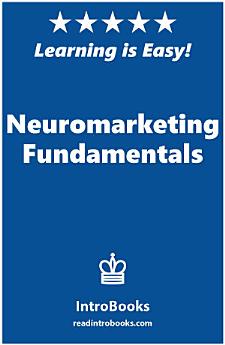關於本電子書
Brain versus mind: The word brain tends to be used when people talk about anatomical structures or circuitry in the brain. The term mind tends to be used to refer to the subjective cognitive states a brain creates. For example, the prefrontal cortex is an anatomical part of the brain, but attention is a cognitive “state of mind” produced by activity in the brain.
Generally, we use these terms interchangeably. We consider “nonconscious processes in the brain” to be equivalent to “the nonconscious mind.”
Unconscious, subconscious, preconscious, and nonconscious: There is a lot of intellectual baggage associated with all the terms that can be used to refer to the “not-conscious” processes in the brain. Unconscious has some bad connotations, in terms of both the Freudian unconscious and the association with anesthetized states. Subconscious, in turn, carries a “secondary” or “subsidiary” connotation, as if it’s something below and, therefore, less than the conscious. A similar term is preconscious, which often would be perfectly appropriate, but it implies that conscious always follows preconscious, and this isn’t always true. Given all these issues, we use the more neutral term nonconscious in this book. Using this term has the benefit of referring neutrally to “everything other than conscious”; plus, it’s the term that’s becoming the standard in the academic literature.








